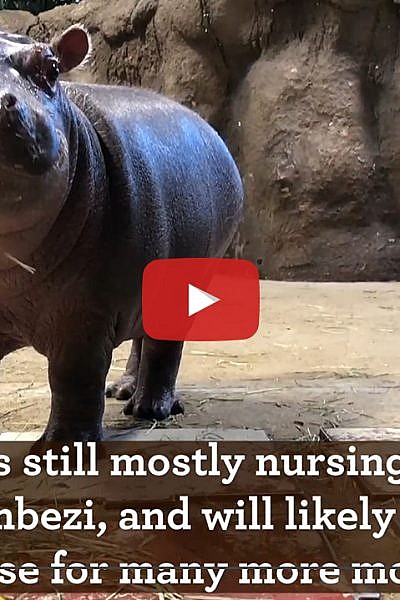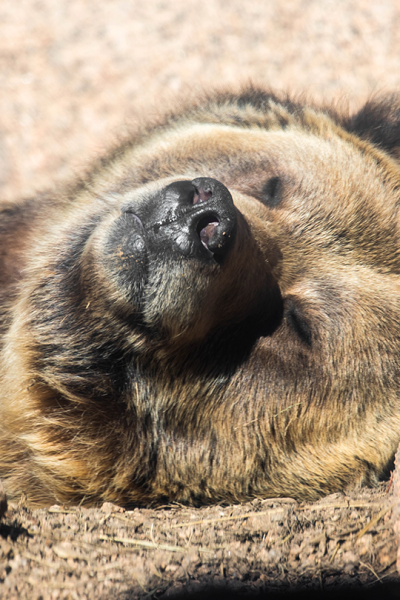In March 2021, Cheyenne Mountain Zoo members participated in the annual Member Conservation Vote, which decides how $75,000 in member-funded conservation grants will be spent. One of the projects members voted to support recently came to fruition with the wild reintroduction of two orphaned black bear cubs, right here in the Pikes Peak region.
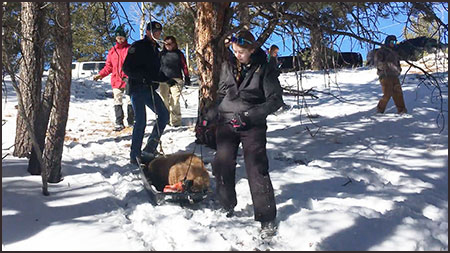
Five CMZoo staff members assisted Colorado Parks and Wildlife (CPW) on the excursion at the end of January 2022, pulling two anesthetized yearling bear cubs on sleds through snowy, remote areas on Pikes Peak to a den where the cubs will rest until they emerge for the spring and summer months.
The bear cubs were orphaned in July 2021, when their mother was killed south of Woodland Park in a suspected case of poaching. Since then, the nonprofit Wet Mountain Wildlife Rehabilitation has been caring for the cubs at its facility in Wetmore. Rehabilitating and releasing cubs isn’t new to CPW, but this reintroduction was extra special, thanks to CMZoo members’ funding for GPS tags for the bears.
“Urban bear conflict is one of our single biggest issues, especially bears getting into garbage at area homes and businesses,” said Travis Sauder, CPW’s acting Area Wildlife Manager for the Pikes Peak region. “It will be extremely valuable to study the effectiveness of our rehabilitation efforts with orphaned bear cubs and see if they really do learn to avoid humans in the future. We’re grateful to the Zoo for its partnership with us.”
The member-supported conservation grant funded two GPS ear tags for the cubs, which will allow CPW to track the cubs’ movements for at least the next year, as long as everything goes to plan. This data will provide information about how – and most importantly, where – the cubs spend their time in the wild. This vital information could help prevent human-bear conflicts by teaching bear lovers more about how to keep wild bears wild.
Members voted to contribute the full amount requested, $14,500, to this project, which will also fund additional GPS trackers for bears rehabilitated and released in the future.
“Up until now, we haven’t been able to track their movements,” said Rebecca Zwicker, Rocky Mountain Wild animal care manager. “Where do they go? Do they return to the den? Will they stay together? There’s a lot to learn about their behavior. The ultimate goal is that information could help guide CPW toward better human-bear conflict mitigation and rehabilitation strategies.”
For now, the data collection is on hold while the bears are mostly sleeping. They’re well insulated in the cold temperatures, thanks to the experts at CPW. In addition to building them a warm den, the cubs’ rehabilitation team made sure the cubs were pleasantly plump in preparation for a long winter’s rest in their cozy den together.
The cubs were each about 100 pounds of floppy, furry, grumbling goodness. The CMZoo team got to feel the literal weight of this important project, because once the bears were safely secured onto the sleds, CPW stepped aside to supervise while the CMZoo team got hands-on.

“It was so inspiring,” said Zwicker. “It was also hard work! Imagine trying to maneuver a completely asleep, very chunky bear cub off a sled, over the snow and through a small opening into their den. It was quite a physical challenge. CPW directed us, and we got to physically pull these little guys into their wild home. We did a lot of scooting around in the snow to make sure they were properly tucked in and correctly positioned, so they could breathe, while they recovered from the anesthesia, and snuggle together for warmth.”
CPW plans to share what it learns from these young bears’ travels this spring and summer. CMZoo is looking forward to continuing to grow the relationship with CPW so our two organizations can work together to help people keep bears and other wildlife as wild as possible.
“At the Zoo, we work to inspire our guests by getting them up-close with our animals,” said Zwicker. “Well, that’s exactly what happened to me through this work with CPW. Living in Colorado, you hear about human-wildlife conflicts, but being out there made it so personal and real. When you’re looking at their little bear faces, hearing their little groans and feeling their wiry fur, you can’t help but whisper a few words of encouragement, like ‘make good choices out there, friend’ and to hope that they’ll be okay. We know there’s risk for them, but we want them to be wild and free, too.”
Every membership and every visit to the Zoo is conservation in action. Since 2015, the Member Conservation Vote has provided $525,000 of membership revenue to support field conservation worldwide. Each year, a total of $100,000 of membership revenue is contributed to conservation in two ways:
- $25,000 to the Quarters for Conservation program, which has contributed more than $3.5 million dollars to CMZoo’s legacy conservation partners, since the program began in 2008.
- $75,000 to projects voted for by CMZoo members through this annual vote.
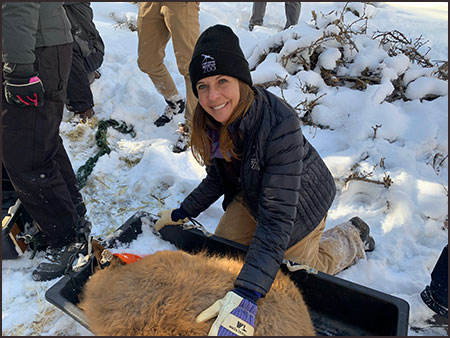
“I’m really proud of our members for supporting this local conservation effort,” said DeeAnn Wilfong, CMZoo veterinary technician and hospital manager. Wilfong and Zwicker’s relationships with CPW and work protecting Colorado’s bears were instrumental in coordinating this field effort for our members.
“We often get comfortable that our local fauna are plentiful because we see them all the time,” said Wilfong. “Right now, black bears are plentiful in Colorado, but we have learned through the decline of other species, that you can’t assume they’ll always be here. As we continue to experience longer drought conditions and human population growth, we want to take action to help them before it may be too late.”
Stay tuned for the 2022 Member Conservation Vote candidate projects, which will be announced and open for voting in March 2022. Then, members will again vote to decide which conservation projects receive funding. To learn more about becoming a member at CMZoo, visit cmzoo.org/membership.
Back to The Waterhole
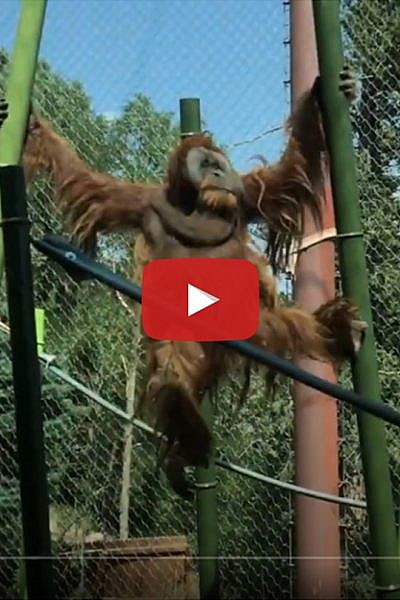

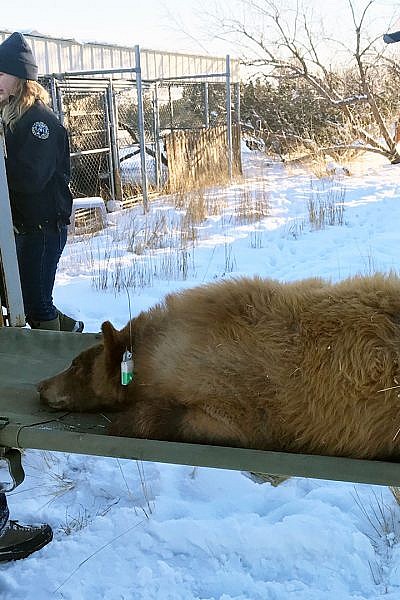



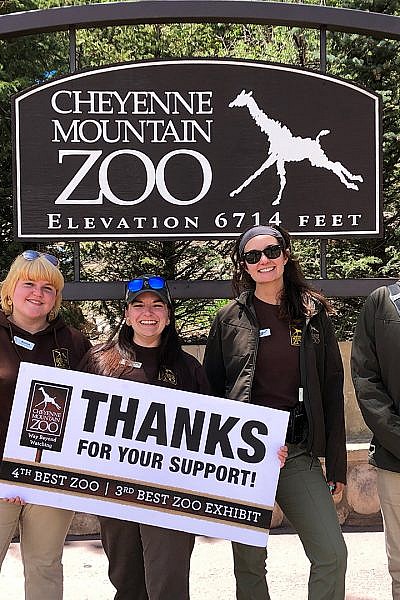



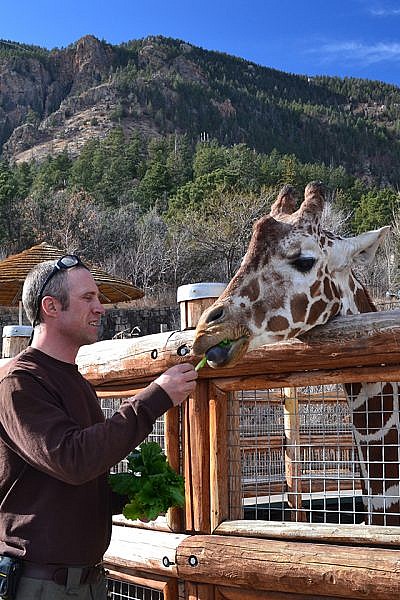



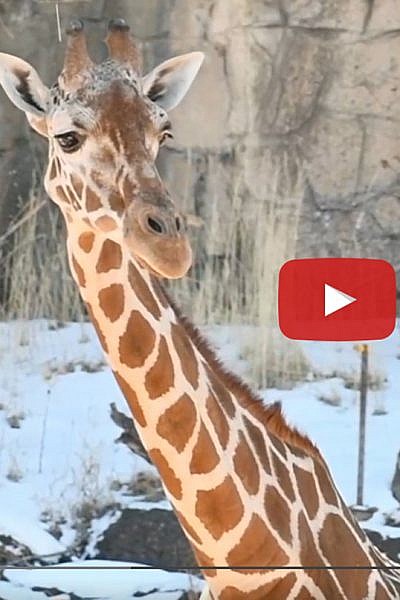
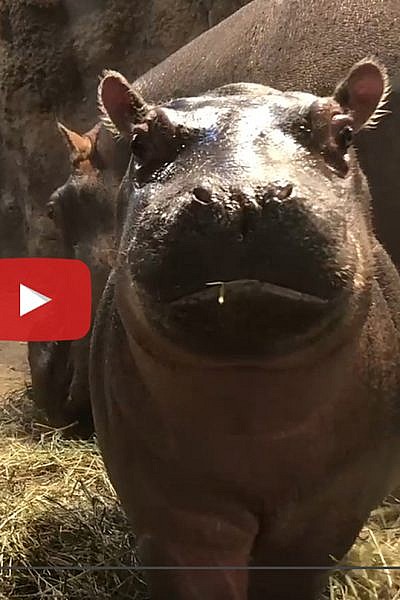
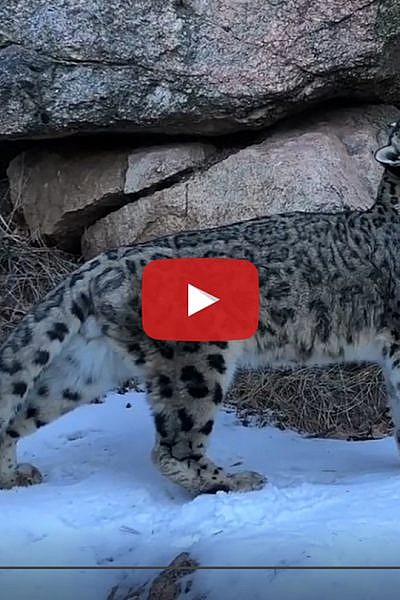
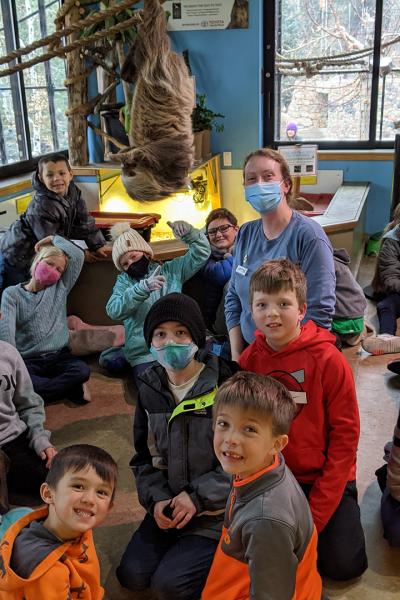
 Winter break is coming to an end, and that means spring break will be here before you know it. Spring Break Zoo Camp registration is open now at cmzoo.org/camp. Young explorers from first to sixth grade can sign up now for fun (and educational) opportunities with Cheyenne Mountain Zoo.
Winter break is coming to an end, and that means spring break will be here before you know it. Spring Break Zoo Camp registration is open now at cmzoo.org/camp. Young explorers from first to sixth grade can sign up now for fun (and educational) opportunities with Cheyenne Mountain Zoo.